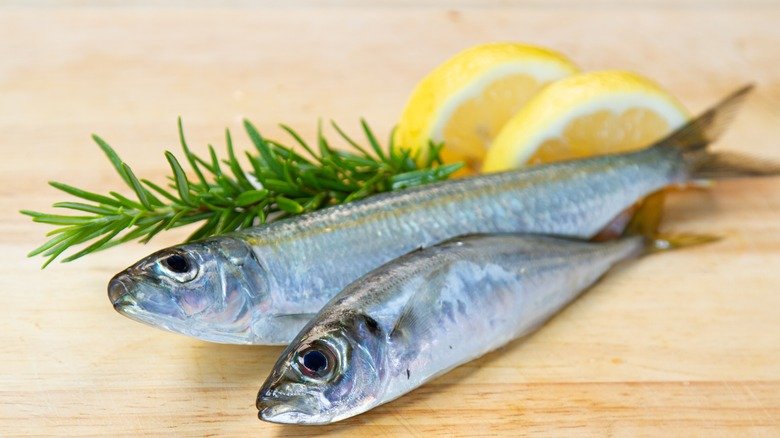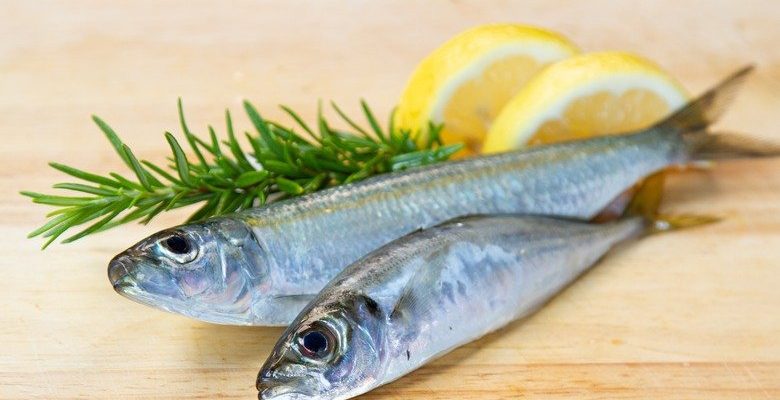
From their nutritional value to their environmental impact, *sardines* are like the unsung heroes of the seafood world. They might not have the glamour of salmon or the iconic status of tuna, but there’s so much more to these fish than meets the eye. Whether you’re a seafood lover or just curious, you’ll find that sardines have a fascinating story to tell.
Sardines Are Not Just One Type of Fish
You might think of sardines as a single type of fish, but here’s the thing: *sardines* actually refer to several species within the herring family. These small fish generally belong to the *Sardinidae* family, which includes various species, such as the European sardine (*Sardina pilchardus*) and the Pacific sardine (*Sardinops sagax*).
What’s interesting is that these fish can vary in size, shape, and even color. Most sardines are about 6 to 12 inches long, and they’re often silvery, which helps them blend into the sunlight-dappled waters of the ocean. This camouflage plays a crucial role in their survival, as it protects them from larger predators.
The diversity among species means there are plenty of options available, whether you’re looking to try fresh sardines from a local fish market or grab a can from the grocery store. They each have their unique flavor profiles, but they all share a buttery, rich taste that many people adore.
Sardines Are Nutritionally Dense
If you’re into healthy eating, sardines are a fantastic choice. Honestly, these little fish are like a nutritional powerhouse. They’re packed with high-quality protein, omega-3 fatty acids, and essential vitamins and minerals that contribute to overall health.
For example, just a single serving of sardines can provide a significant portion of your daily needs for nutrients like vitamin B12, vitamin D, and selenium. The omega-3 fatty acids found in sardines are known to promote heart health and reduce inflammation. If you’re looking for a great way to boost your diet, incorporating sardines can be a smart choice.
Plus, they’re also low in mercury compared to larger fish, making them a safer seafood option. This means you can enjoy them without worrying about the harmful effects of contaminants commonly found in larger species. So, next time you’re looking for a quick and easy meal, consider reaching for some sardines.
The Fishing and Canning History
Sardines have a long history that dates back centuries. They were first discovered off the coast of Sardinia, Italy, which is how they got their name. These fish have been a staple in Mediterranean diets for generations, valued for their availability and nutritional benefits.
Over time, sardines became increasingly popular due to their canning process. The first sardines were canned in the early 19th century, which helped to preserve their freshness and make them accessible to a broader audience. This innovation changed how people consumed seafood, allowing for easy transportation and long shelf life.
The canning industry has since taken off, and today you can find sardines in various flavors and preparations, from spicy to lemon-infused or even packed in olive oil. This versatility means there’s a sardine for everyone, whether you prefer them straight from the can or tossed into a salad.
Sardines Play a Key Role in Ocean Ecosystems
These little fish might be small, but they’re superheroes of the marine ecosystem. Sardines are a crucial food source for larger fish, seabirds, and marine mammals. By forming large schools, they can evade predators and support the food chain in their ocean habitats.
When sardines gather in schools, they create a fascinating spectacle. Imagine thousands of shimmering fish moving in perfect unison, making it hard for predators to target them. This behavior not only helps protect them but also helps maintain balance within their ecosystem.
Moreover, sardines contribute to nutrient cycling in the ocean. As they feed on plankton and other small organisms, they help control populations of these species, ensuring a healthy marine environment. Removing sardines from the ecosystem could lead to overpopulation of certain plankton, which can disrupt the delicate balance of marine life.
The Environmental Impact of Sardine Fishing
Sardine fishing, like many fisheries, comes with its ups and downs. On one hand, sardines are relatively sustainable due to their rapid reproduction rates. They can quickly replenish their populations, making them a more environmentally friendly seafood choice compared to some overfished species.
However, overfishing is still a significant concern. In some areas, excessive fishing can lead to population declines. It’s essential to support sustainable fishing practices that ensure sardine populations remain healthy. Organizations and certifications, like the Marine Stewardship Council (MSC), help consumers identify sustainably sourced seafood.
If you’re passionate about the environment, choosing sustainably sourced sardines is a smart move. Not only are you picking a healthy option for yourself, but you’re also supporting practices that protect marine ecosystems for future generations.
Sardines Are an Economical Seafood Option
Here’s a fun fact for food lovers: sardines are one of the most affordable seafood options available. They’re often cheaper than many other fish, making them an appealing choice for those on a budget. You can usually find them in cans at a fraction of the price of fresher seafood.
Their low cost doesn’t mean sacrificing quality. Sardines are packed with flavor and nutrition, making them a smart option for any meal. Whether you’re adding them to pasta, salads, or even on toast, they can elevate your dishes without a hefty price tag.
Moreover, because they’re canned, you can stock them up in your pantry without worrying about spoilage. This makes sardines a convenient option to have on hand for quick meals or emergency snacks. It’s a win-win situation!
Creative Ways to Enjoy Sardines
If you’ve never tried sardines beyond the typical can opener, you might be surprised by how versatile they can be. Here are some fun ideas to incorporate sardines into your meals:
- Sardine Salad: Mix canned sardines with avocado, lemon juice, and chopped onions for a refreshing salad.
- Pasta Dishes: Toss sardines with spaghetti, garlic, and olive oil for a simple yet delicious pasta dish.
- On Toast: Mash sardines on whole-grain toast with a bit of mustard for a quick and nutritious snack.
- Sardine Tacos: Fill soft tortillas with sardines, cabbage slaw, and salsa for a unique take on tacos.
You might be wondering how to get over any preconceived notions about sardines. The key is to experiment with flavors and pairings that balance the strong taste of the fish. Once you find combinations that work for you, you’ll be hooked!
Sardines truly are a fascinating topic to explore, with their rich history, nutritional value, and significant role in marine ecosystems. Whether you’re enjoying them fresh or from a can, there’s a world of flavors and possibilities with these small fish.
By incorporating sardines into your diet, you not only enjoy a delicious meal but also contribute to more sustainable seafood practices. So why not give sardines a chance? You might just discover a new favorite!

